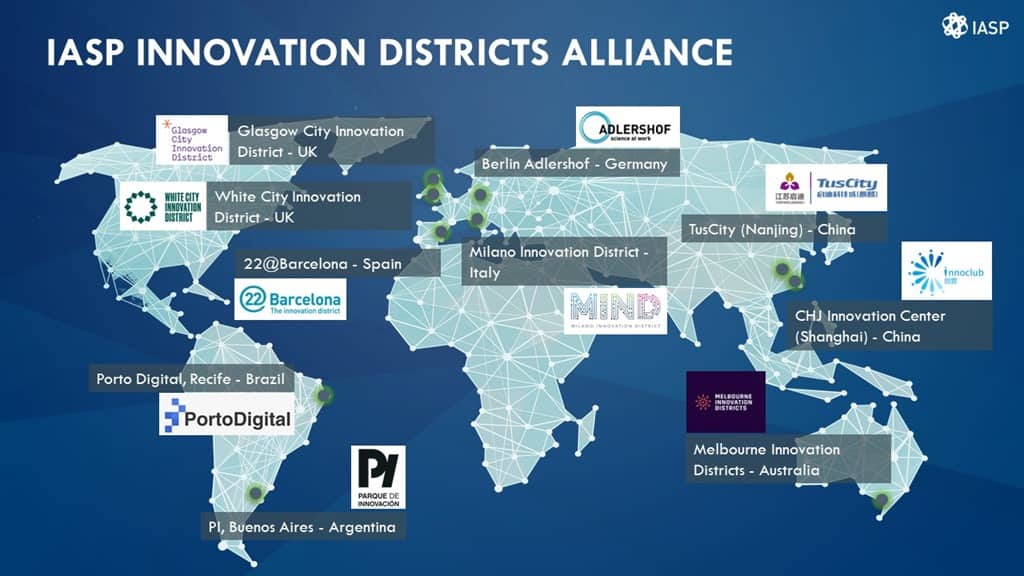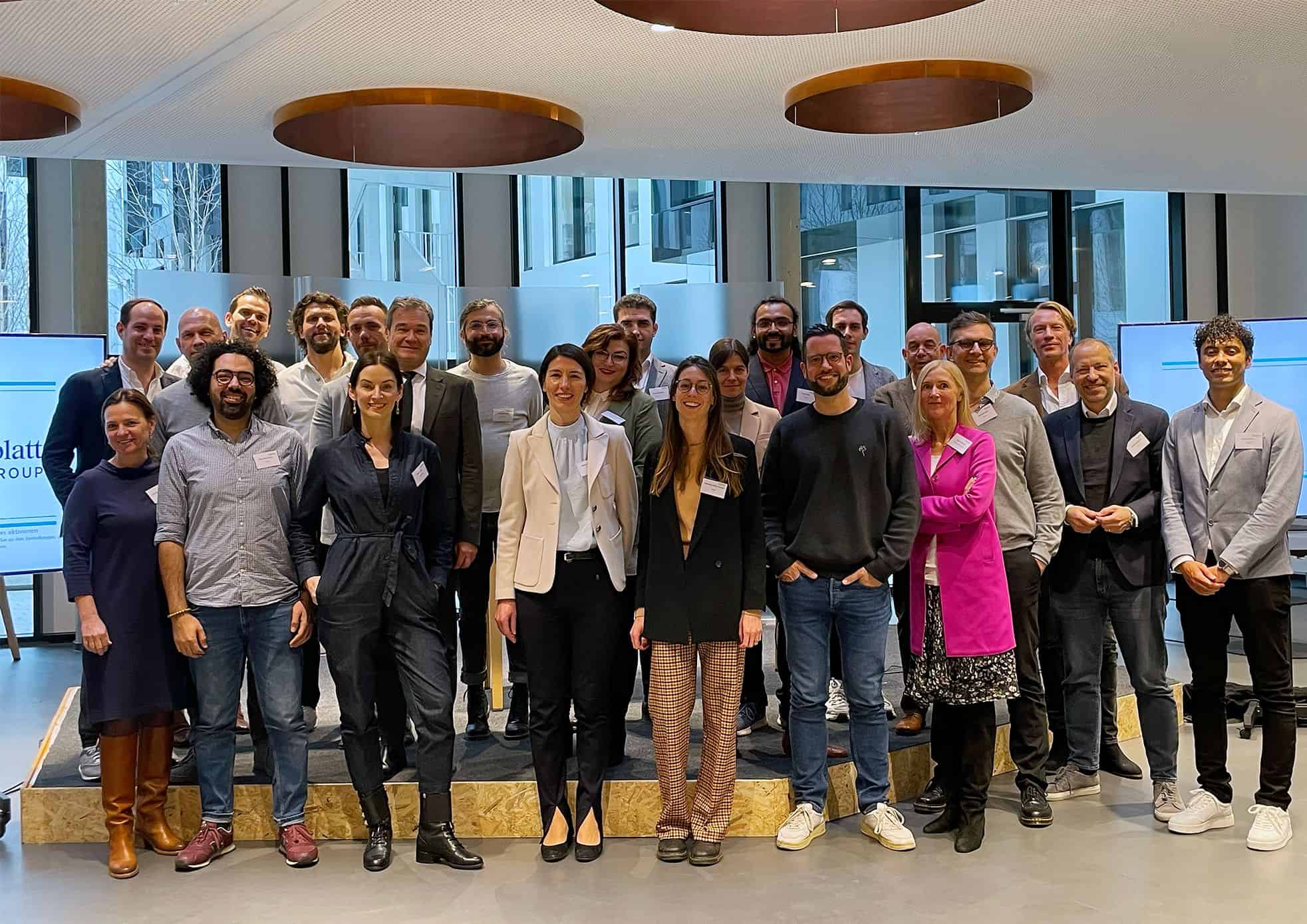
Innovation districts, the vibrant epicenters of creativity, research, and development, are increasingly becoming the heart of urban economic growth. However, the success of these districts hinges on three core activities: setting a collective vision for growth, establishing a governance structure, and designing a sustainable financing model. These three interconnected elements strengthen a district’s unique value proposition.
- Innovation Districts can be powerful instruments for a city’s economic and innovative development.
- Not all Innovation Districts are a success.
- Much of the success is dependent on governance, a paper shows.
Why Governance Matters: An analysis on how innovation districts “Organize for Success”, is written by Julie Wagner, Founder of The Global Institute. She concludes: “The ability for innovation districts to organize effectively can decide why one district fails while another succeeds and powerfully evolves. Unless district leaders design effective models to lead and govern, they are destined to become stuck in organizational, if not political, gridlock. This paper is a wake-up call for early and emerging districts worldwide.”
Attracting champions
A collective vision serves as the North Star of an innovation district, signaling the direction of growth and attracting champions dedicated to supporting and advancing the district. The governance structure, either formal or informal, is the framework within which core decisions are made and cross-district activities are managed. Lastly, financing, a priority for all districts, can be carried out through traditional or innovative mechanisms. Increasingly, districts are seeking to generate their own revenue streams to finance important cross-cutting activities.
The Global Institute on Innovation Districts conducted an in-depth analysis of place-based governance models across innovation districts worldwide. The study examined the types of legal structures, specific functions, duties, powers of governance structures, their ability to generate revenue, and the decision-making processes. The research distilled seven factors contributing to effective governance: co-design and co-invest for effective governance, identify the right degree of independence, allow a diversity of voice and view, strategically involve government based on local conditions, tie governance to land, design a financially sustainable model, and ensure flexibility—a governance model that can adapt over time.
Shared vision
Governance in innovation districts is not about controlling or taking over a district. Instead, it’s about stakeholders developing a shared and highly ambitious vision and detailed ambitions, which will require a more integrated approach. Governance becomes powerful when stakeholders view it as a mission to advance an R&D ecosystem, drive new forms of equitable and sustainable growth, and physically transform the land in the process.

The role of land in advancing the mission of innovation districts is crucial. District leadership viewed land as an opportunity to transform the physical environment, creating new spaces and places within the district and as a financing mechanism. District leaders developed buildings, public facilities, and other structures through the finance lens as revenue-generating vehicles.
Two models
Regarding who sits at the governance table, international districts have developed two types of models: the dominant player model and the multi-stakeholder model. In the dominant player model, one player, such as a government or a single anchor institution, dominates the governance, driving and financing many core activities. In the multi-stakeholder governance model, multiple stakeholders serve on the board or sit on an empowered advisory committee, giving authority to decide how and where to advance the district.
In conclusion, the governance of innovation districts is a complex but crucial aspect of their success. It requires coordinated action, a shared vision, and a strategic land use and financing approach. As innovation districts continue to evolve, so will the governance models that guide them, ensuring they remain dynamic, inclusive, and sustainable engines of economic growth.







